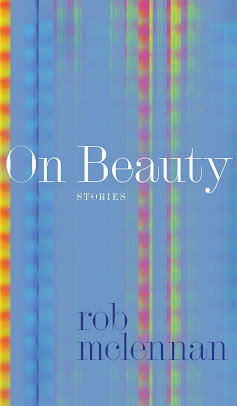In order to locate myself : otherwise. To make of dislocation the very place, not only of annihilation, but of survival, yoked to what, of itself, is most fragile : the uncontestable breakage that comprises it, the rupture with normative temporality. A suffocation that determines breathing. The aberration of an uncontested a priori of existence. (p 7)Where is it Nathaniel places her/himself? Where does the text place itself as well? I’m intrigued by an essay that wraps around itself; takes the ideas of many, including previous of the author’s own works, to further the conversation. Does this book, then, continue Stephens’ writing as a single entity or as simply exploring the highlight of a single bare thread?
Last summer, I set my study up in a room I have since abandoned. With each move, the books find new placements. With several exceptions, one of which is the subject of this essay.
The constitution of the shelf visible from my work table is determining. There are those books whose selection is governed by an affective consideration – my attachment to an author, a period of time, a place, encounter, a sensibility – without neglecting the importance of a text in my trajectory, the impulses that formulate it. Mourning, melancholy, languor, desires, perversions and languages find themselves juxtaposed without any reason other than that which I grant them, capriciously, intentionally. (p 10)
 Exploring a philosophy of abstract, of intellectual feeling, of thinking, itself, Stephens’ work explores those spaces in between place and placelessness, confusing place, whether geographical, philosophical, gender or language, and even the gender of language. Is it as simple as wondering what an opening photograph means, and represents, beginning with (as the press release tells us) “the author’s encounter with a photograph by Surrealist artist and writer Claude Cahun”?
Exploring a philosophy of abstract, of intellectual feeling, of thinking, itself, Stephens’ work explores those spaces in between place and placelessness, confusing place, whether geographical, philosophical, gender or language, and even the gender of language. Is it as simple as wondering what an opening photograph means, and represents, beginning with (as the press release tells us) “the author’s encounter with a photograph by Surrealist artist and writer Claude Cahun”?Through this essay, the questions might be essentially more important than the answers, but the point of the exploration isn’t to fix to a point, but to weave through the nuances of a series of fluid ideas that can never be fixed. It’s in the exploration itself that answers are found, won and discovered, even if the responses to each might confuse or contradict. Writing of the work of Simone Weil, Stephens later writes of:
The void’s malleability, its fluidity, are consistent with water’s suppleness, its vigorous, even obliterative capacity. It enrapts and submerges, batters and engulfs. Its surface, a surface of longing and discord – disagreement – is saturated with the absence of the thing, once present, anticipated, whose trace, stolen away, subsists; not visible, nor altogether disappeared: the thing, precisely, that provokes a kind of madness that language is certainly incapable of accounting for. (pp 60-1)



No comments:
Post a Comment